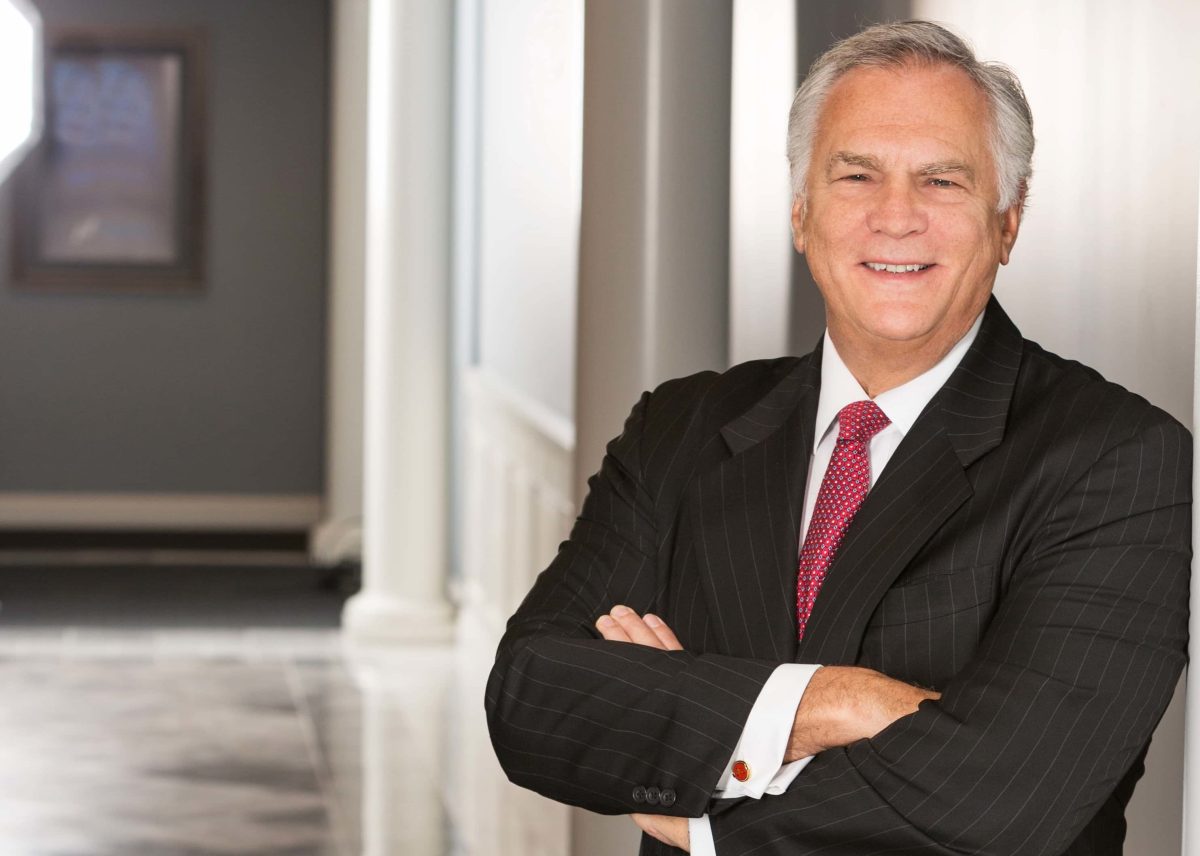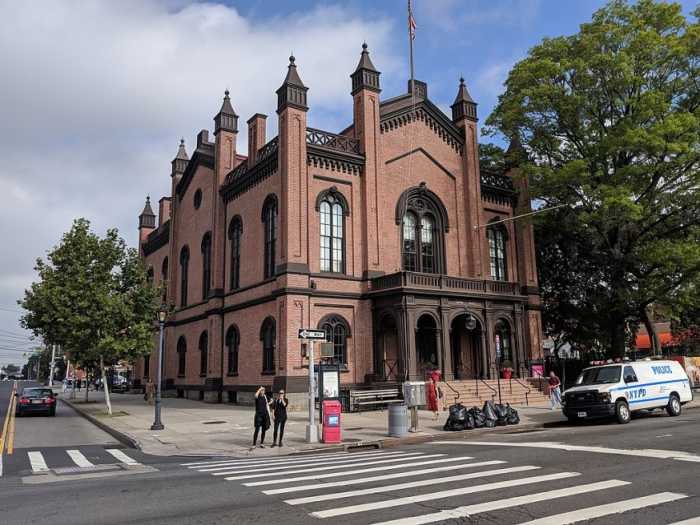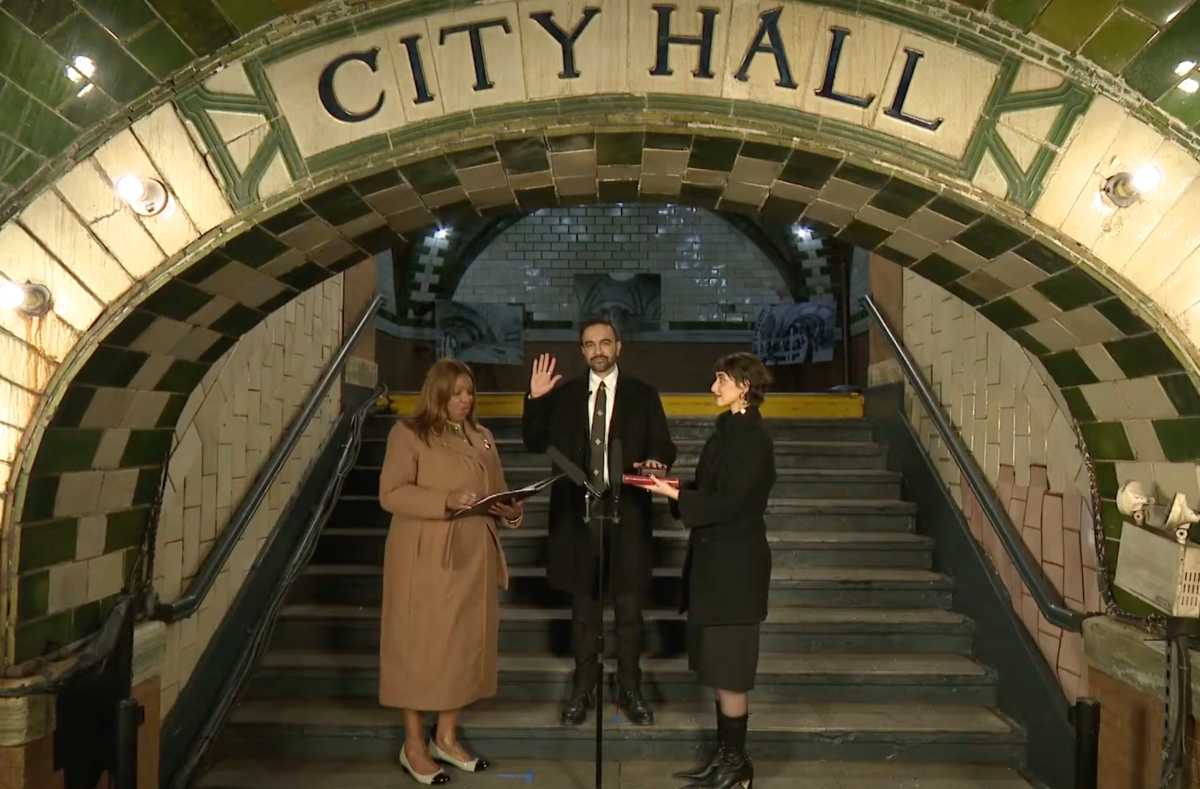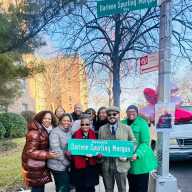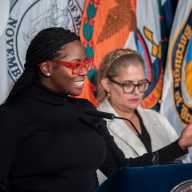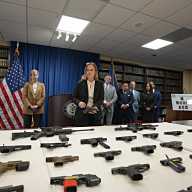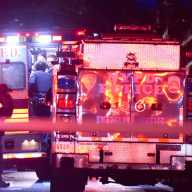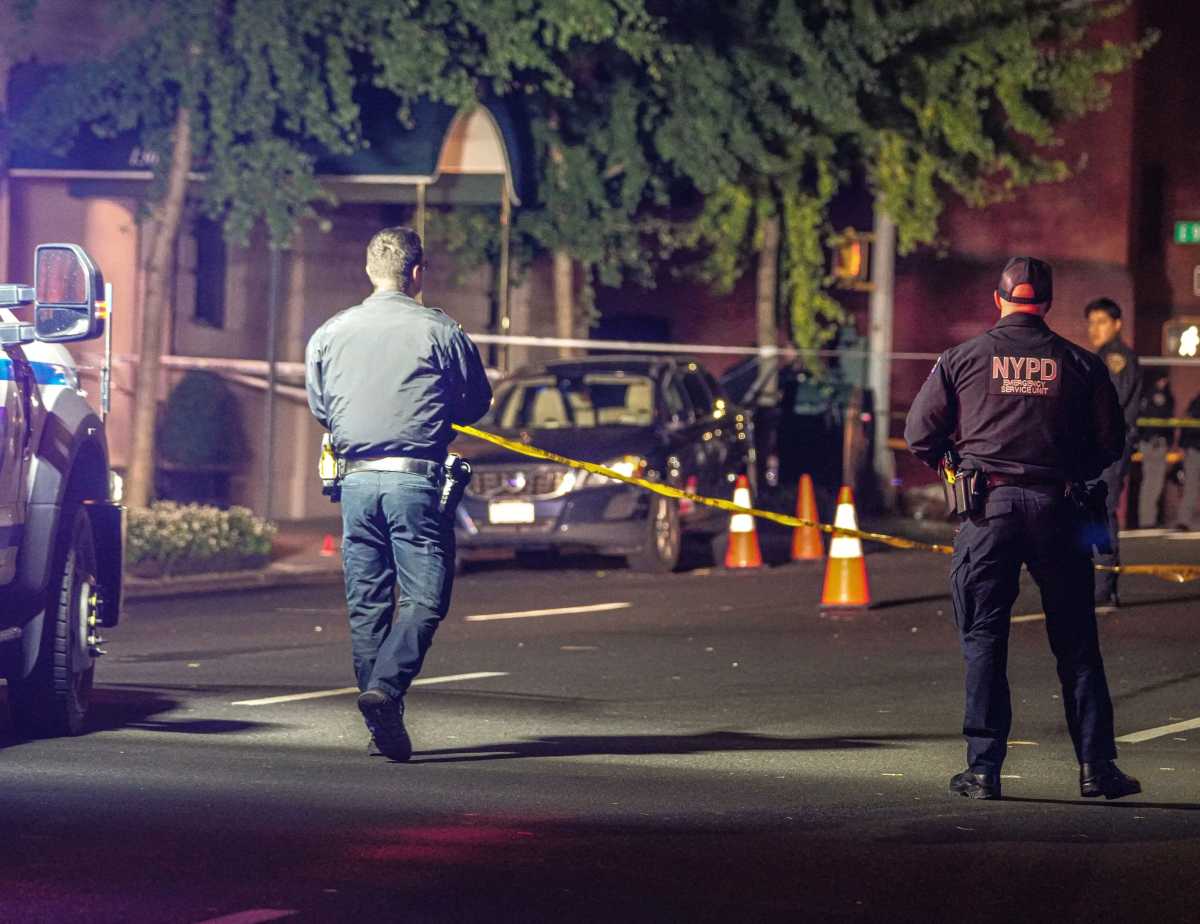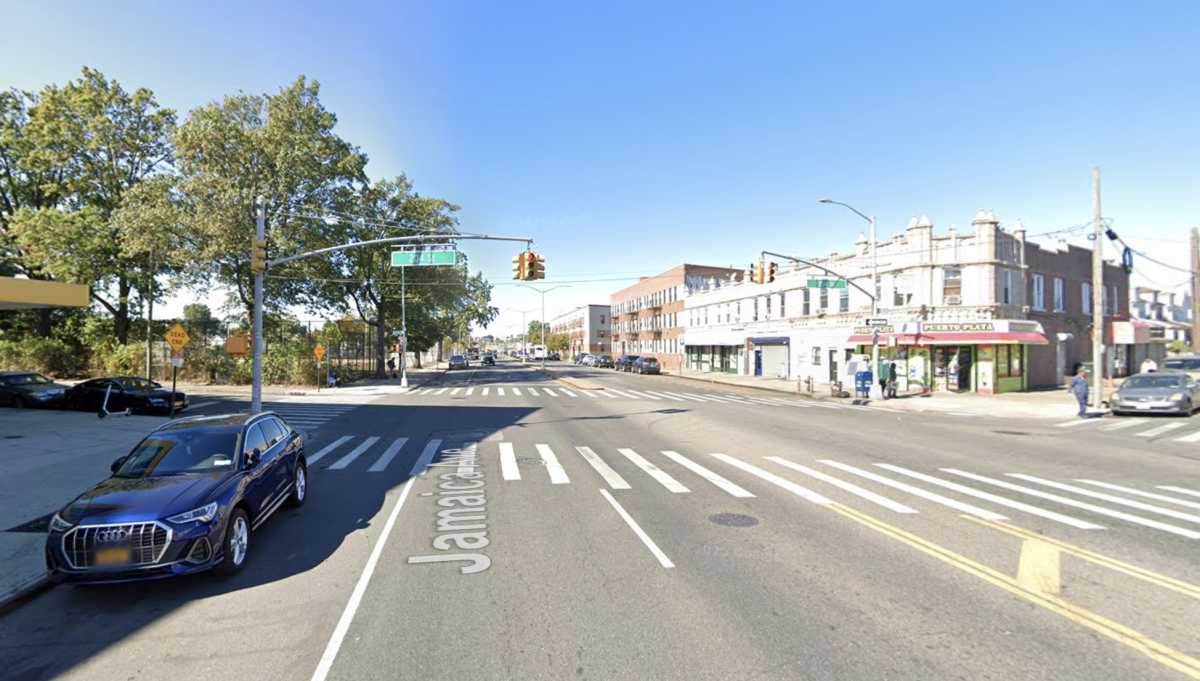LOCATION
Flushing is the biggest neighborhood in Queens, connecting the central part of the borough to Bayside in the northeast. It is comprised of Downtown Flushing in the middle, North and South Flushing, as well as Auburndale, Murray Hill and Kissena Park, situated to the east.
The Whitestone Expressway and Bayside Avenue separate Flushing from College Point and Whitestone. Kew Gardens Hills and the Long Island Expressway border Flushing to the south, Bayside and Utopia Parkway to the east, and Flushing Meadows-Corona Park on the west.
COMMUTE
Downtown Flushing is one of the largest transportation hubs in the city, with the Long Island Rail Road (LIRR) station on Main Street and Roosevelt Avenue, the No. 7 subway line and 21 city bus lines. The QM 2 runs express into the city, and other routes take passengers as far as Jamaica in southeast Queens. Nearly 100,000 people travel through the downtown Flushing area daily, according to the Flushing Business Improvement District (BID).
The Whitestone Expressway, which connects Queens to the Bronx, and the Long Island Expressway are the nearby highways, while JFK and LaGuardia airports are close by.
Parking is taxing in the heart of Flushing on Main Street, but there is a municipal parking lot at 37th Avenue and Union Street and a smaller one next to the LIRR station at 41st Avenue. Parking spaces are also available on Prince Street, between 38th and 39th Avenues.
The poor condition of Flushing’s LIRR station has caused contention. The last renovation it saw was in 2006 when the waiting shelters got upgraded; a year before, the waiting room was renovated, said Salvatore Arena, LIRR spokesperson.
Currently there is a plan to install two elevators on both sides of the station, which will make it wheelchair-accessible, said Arena. If the $7.2 million project gets approved by the Metropolitan Transit Authority, the elevators are expected to be installed in the summer of 2010, Arena said.
SHOPPING AND DINING
Downtown Flushing has it all - from the Asian bakeries and restaurants on every block to retail centers along Main Street, with sausage and noodle street vendors in between.
While the area is known as Flushing’s Chinatown, it is also home to stores and restaurants representing ethnicities such as Taiwanese, Vietnamese, Korean, Indian, Malaysian and even American. Popular Asian food choices are the Corner 28 restaurant and take-out and the newly opened Ice Fire Land restaurant.
For shopping, you can choose from several malls, retail centers like Old Navy and Macy’s, nook shops and herbalists, toy stores and music shops.
In Downtown Flushing you can also find one of the city’s largest shoe stores, Shoe Village, located on 45-22 162nd Street. Besides different brands and styles of shoes, the store also offers free parking. The store also has an outlet warehouse.
CRIME
Flushing has been cleaned up over the years, which has brought a decrease in crime: 76 percent over the past 15 years, according to Kevin O’Donnell of the 109th Precinct, which is responsible for most of Flushing.
As for 2008, Flushing saw 1,143 crimes - about the same number as the year before – including one rape, 112 felony assaults, 453 grand larcenies and 219 burglaries, O’Donnell said.
HOUSING
Many desire to live in Flushing because it has a variety of big houses on tree-lined streets and is close to LIRR stations, said broker Anthony Carollo, owner of Carollo Real Estate Inc. “It has the old-world charm,” Carollo explained.
Home prices in the neighborhood have gone down by about 20 percent, Carollo said. Currently, one-family Colonial attached houses in North Flushing sell from $560,000 to $600,000, two-family attached homes sell for about $675,000 and detached one-family homes cost from $850,000 to $1 million, Carollo said. Detached two-family homes, which are rare in the area, sell for about $900,000, Carollo added.
Murray Hill, more of a commuter-town with combinations of one- and two-family dwellings and coops, has one-family homes for $750,000; its two-family homes, which are more rare, cost $800,000, said Venus Lin, associate broker at Apple Wealth Realty LLC. Price ranges are similar in Kissena Park, Lin added.
In Downtown Flushing, comprised mostly of apartments, one square foot costs $500, Lin said.
HISTORY
Before European settlement, northeastern Queens was inhabited by the Matinecock Native Americans. Settled in 1645 by the Dutch West India Company, Flushing was first named after the city of Vlissingen in the southwestern Netherlands. It was changed to Flushing when the English took control of the countryside in 1664.
Affronted by Quaker persecution, Flushing’s Dutch colonists signed the Flushing Remonstrance in 1657, petitioning for, and later securing religious freedom. This is considered a precursor to the Constitution’s provision on freedom of religion.
Nowadays, Flushing is home to many religions - Muslim, Buddhist, Jewish, Hindu, and Christian.
DEVELOPMENT
Downtown Flushing is well on its way to becoming an attractive urban center and signs of this are already evident.
One of the projects currently under construction is Sky View Parc, at College Point Boulevard and Roosevelt Avenue. The 3.3 million-square-foot center will contain a mix of residential units and retailers, as well as an elevated four-acre park, tennis courts and an outdoor pool. The project is scheduled to be completed in 2011, but some stores and residential units are expected to open earlier.
Another big project under construction is Citi Field in Flushing Meadows-Corona Park. This sports and entertainment center will be the new home of the Mets, whose current home, Shea Stadium, right next to Citi Field, is in its final season.
The new facility will open at the beginning of the 2009 season. It will feature a contoured seating configuration that will bring the roughly 45,000 spectators closer to the field on all levels.
Flushing’s approximately 60-acre Willets Point site is also undergoing development. The city’s Economic Development Corporation produced plans for renovating the site that would include 1 million square feet of retail shops and restaurants, 500,000 square feet of office space, 5,500 units of housing, and a K-8 school.
However, since only a handful of the 74 land and business owners in the area have agreed with the city to sell their land, the possibility of eminent domain remains. This is one of the most controversial issues about the plan. Another concern of those in opposition is the lack of adequate affordable housing.
Yet another Flushing project, which is still a design, is Flushing Commons. The project involves reconstructing the site of the Municipal Lot 1 in Downtown Flushing into a mixed-use area complete with 325,000 square feet of retail shops, restaurants, a movie theater, a 130,000-square-foot hotel, 80,000 square feet of office space and 500 condominiums.
The development will also include 1.43 acres of public open space, 50,000 square feet devoted to community facilities and a 1,600-space parking garage, which provides 50 percent more parking spaces than currently available at the Municipal Lot.
The $800-million center is expected to open in 2011.
RECREATION AND PARKS
The biggest park in the neighborhood is Flushing Meadows-Corona Park. With its 1,255 acres, it is one-and-a-half times the size of Manhattan’s Central Park. Visitors from all over the city enjoy its turf fields for soccer, its Flushing Bay promenade, and the summer concerts it hosts.
The Park is home to the Queens Museum of Art, the Queens Zoo, the Hall of Science, Terrace on the Park, the U.S.T.A. Billie Jean King National Tennis Center and Shea Stadium.
Theatre in the Park is also a popular park destination, serving up drama, comedy, and dance.
The most recognizable landmark in Queens, the Unisphere, arguably the largest globe in the world, is also there. This giant 12-story high steel representation of the Earth can be seen from the Long Island Expressway, the Grand Central Parkway, and the Van Wyck Expressway.

